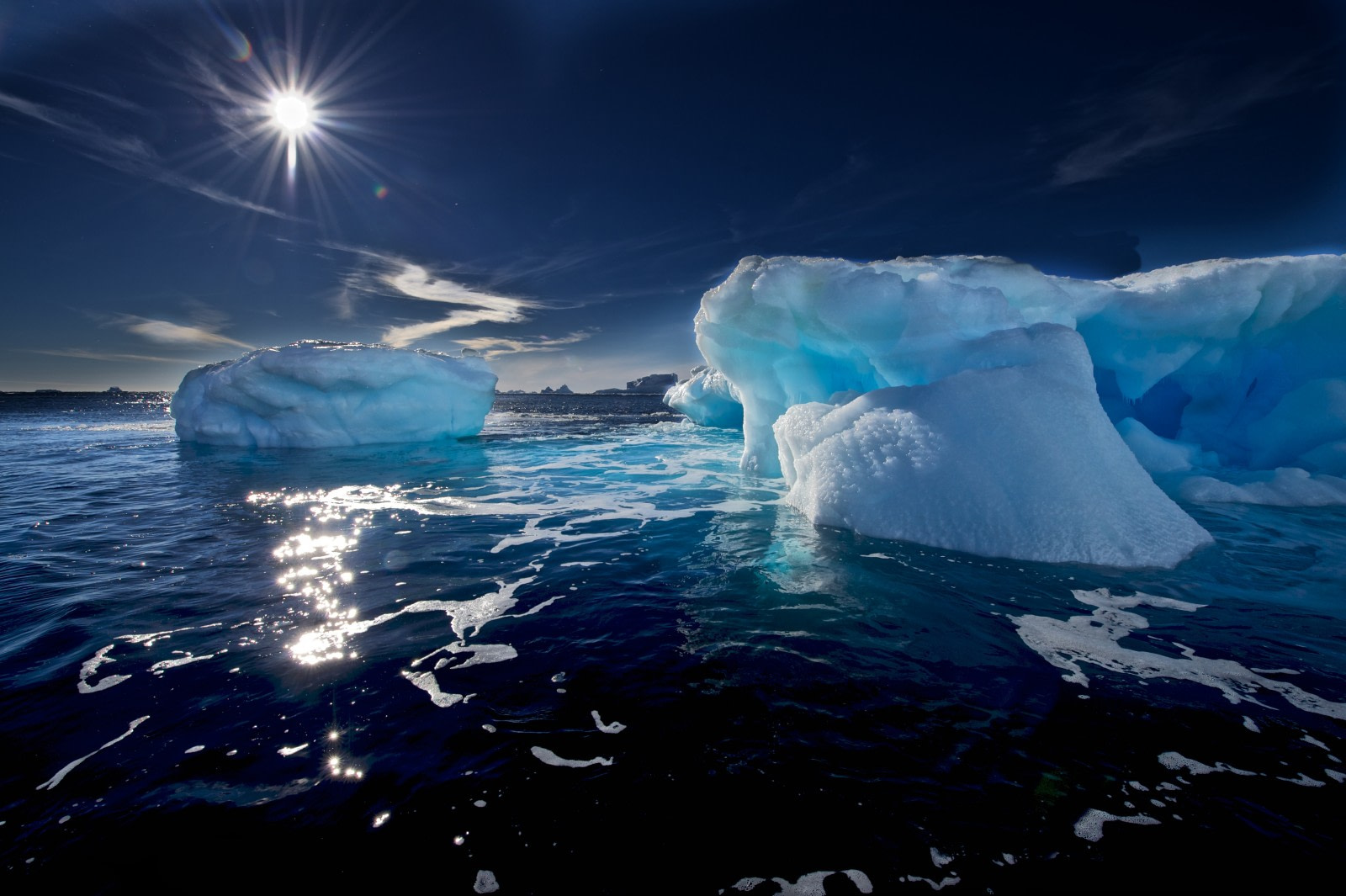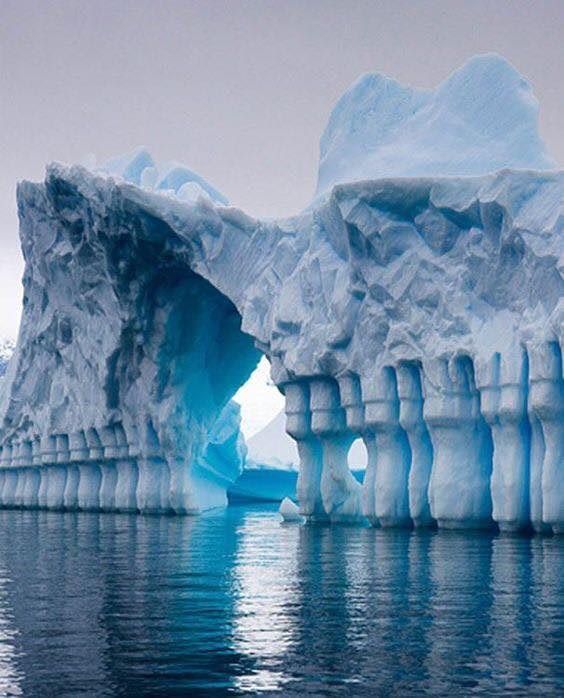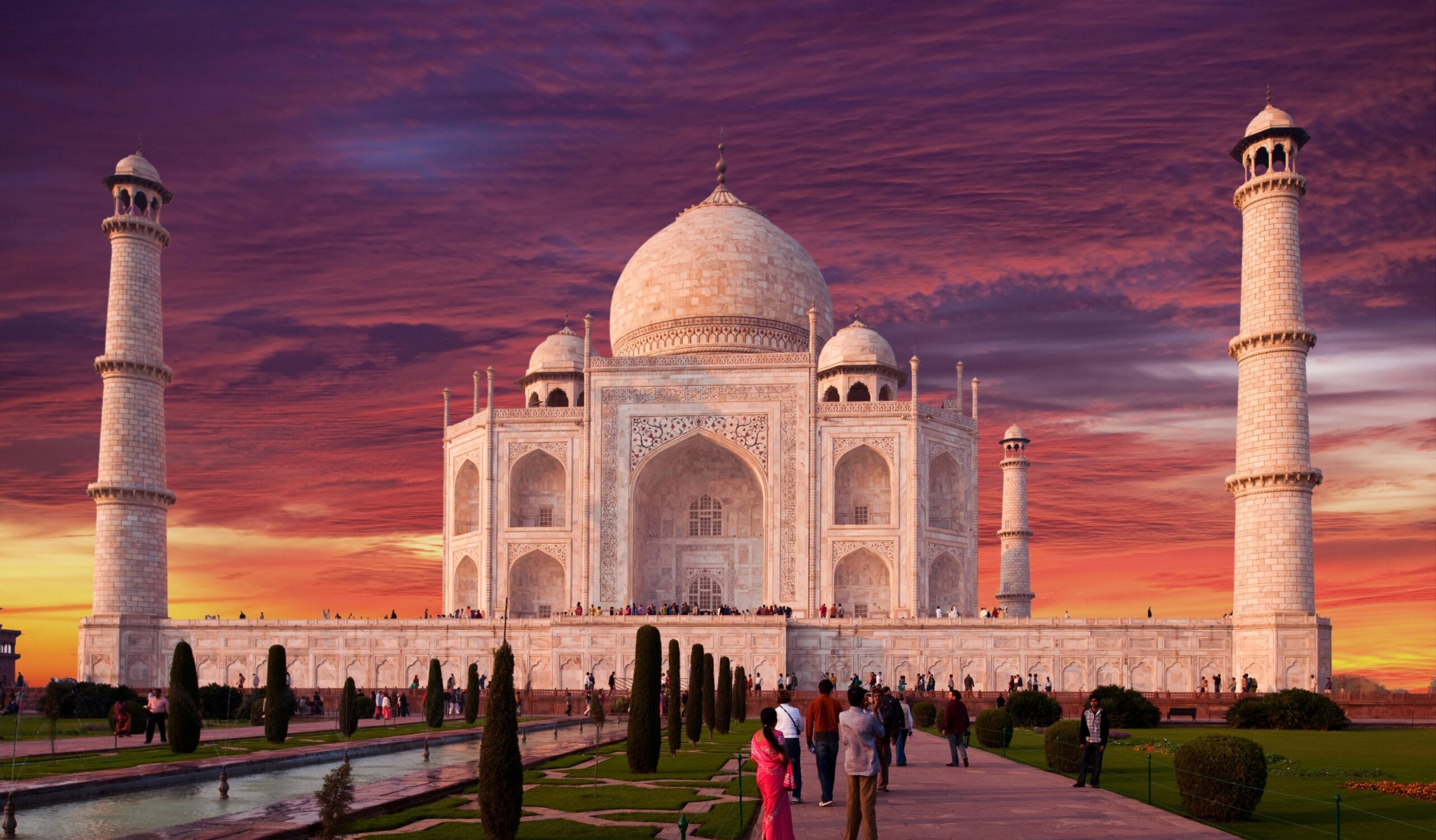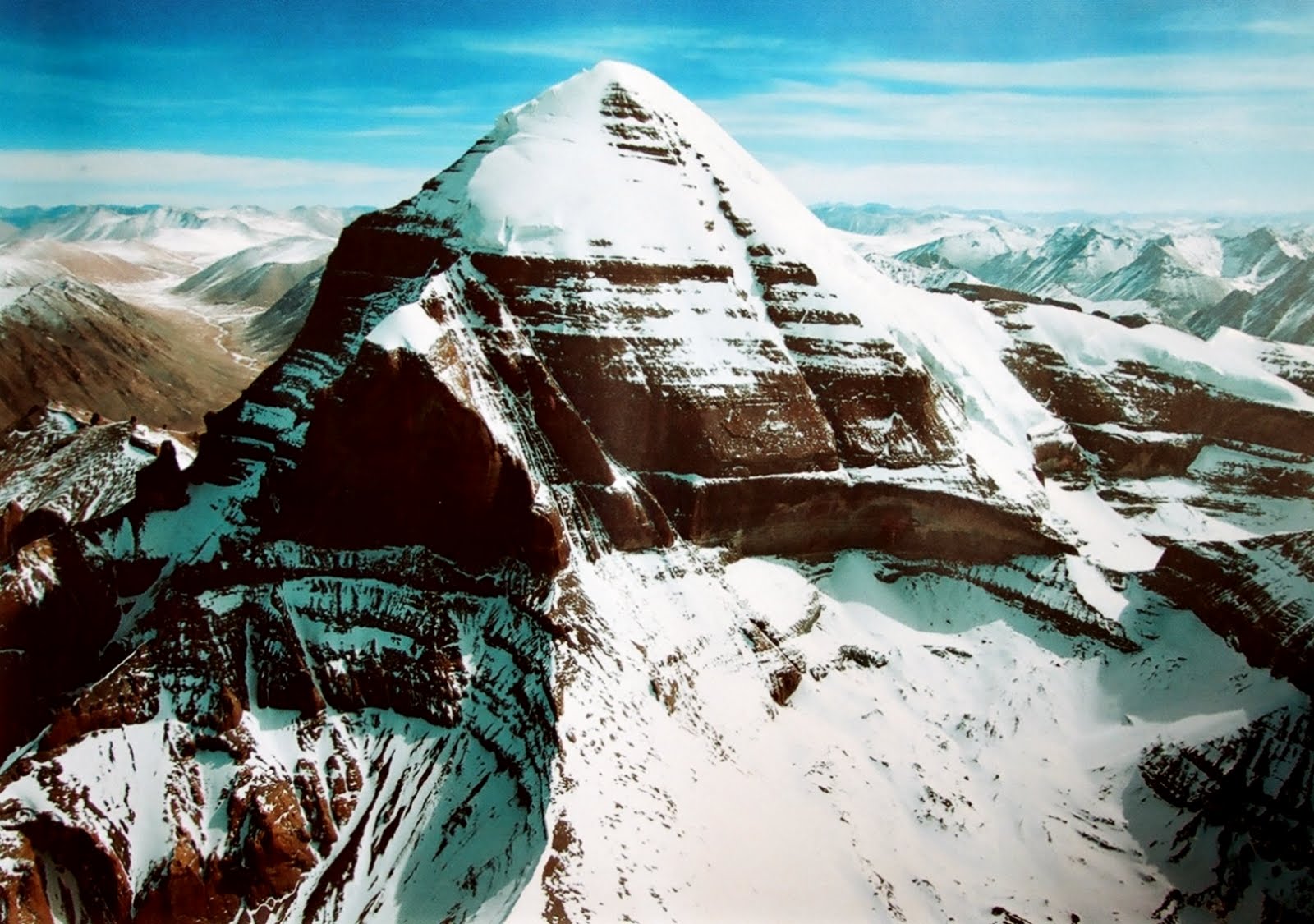The country we know as New Zealand is famous for its cricket and meat exports. It’s a safe and welcoming place for people to live, even though 7% of the UK population chooses not to call it home. Surprisingly, a whopping 80% of New Zealand’s land remains untouched.

Most New Zealanders, about 70%, live in the northern part of the country, and out of those, 50% reside in Auckland. New Zealand was first discovered by the Maori people. This island nation is quite far from the Earth’s mainland. People began settling in New Zealand during the time of Genghis Khan’s rule.
Back then, there was a need for an island with abundant water and fish, and New Zealand, surrounded by mountains, caught the eye of those in search of a new home. The island was rich in fish, animals, and fruits. Due to its isolation from the rest of the world, the Maori people enjoyed a long period of peace.
In 1840, a treaty was signed between Britain and the Maori, making New Zealand a part of the British Empire. But developing modern cities or settlements in the vast, empty areas of New Zealand is an immense challenge. The landscape is a patchwork of hills and valleys with very little flat land, making it difficult to build roads and communities.
This is why most of the population chooses to live in the northern regions. After World War II, immigration policies were relaxed to address a population crisis. While Auckland is a bustling and relatively affordable city, the government encourages people to settle in the empty regions by offering various incentives and financial aid.
New Zealand is renowned for its agriculture-based companies, especially those that export meat. The fertile green lands are perfect for raising sheep, cows, and goats. With a high number of livestock, New Zealand earns approximately fifty billion dollars through meat and fur exports.









